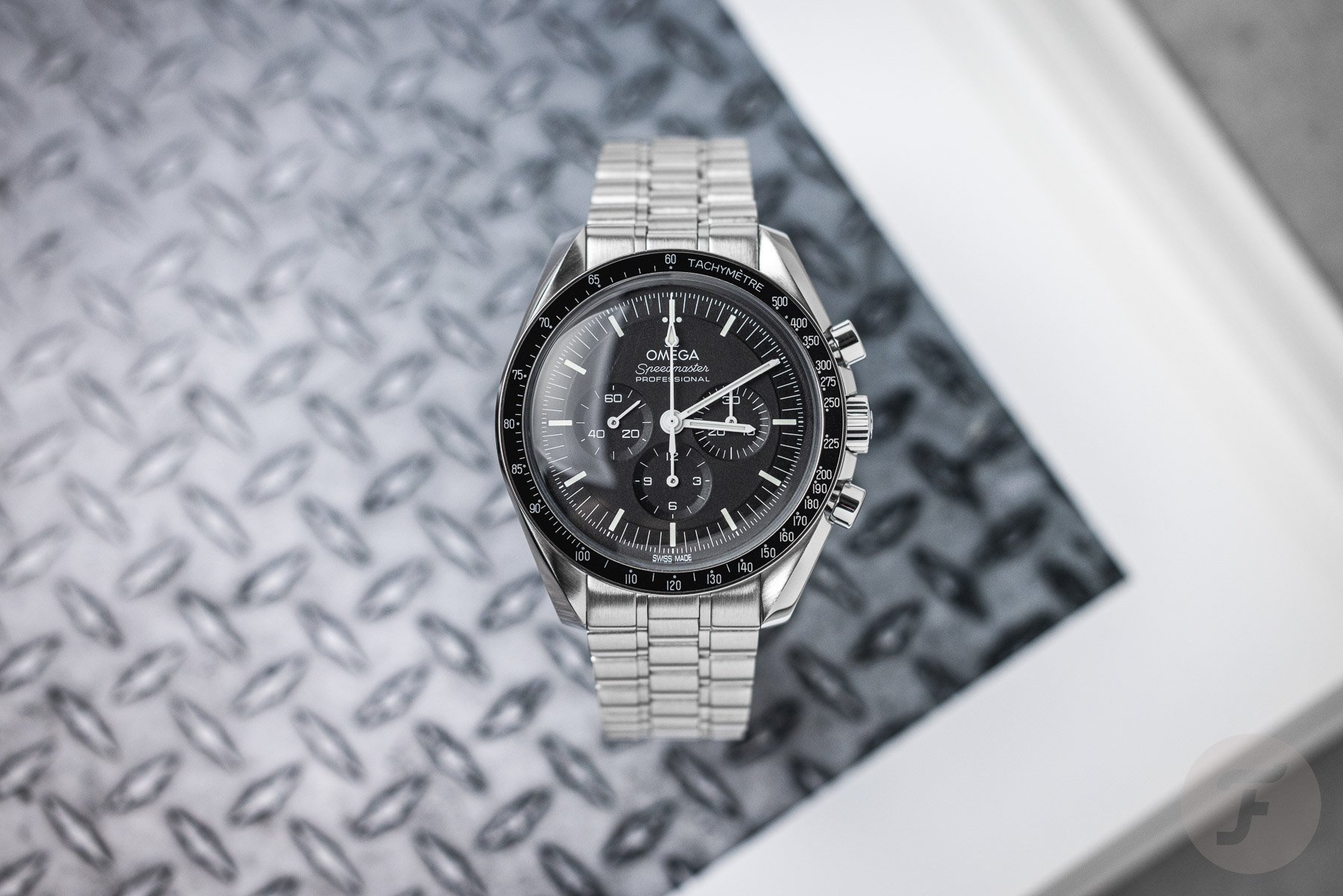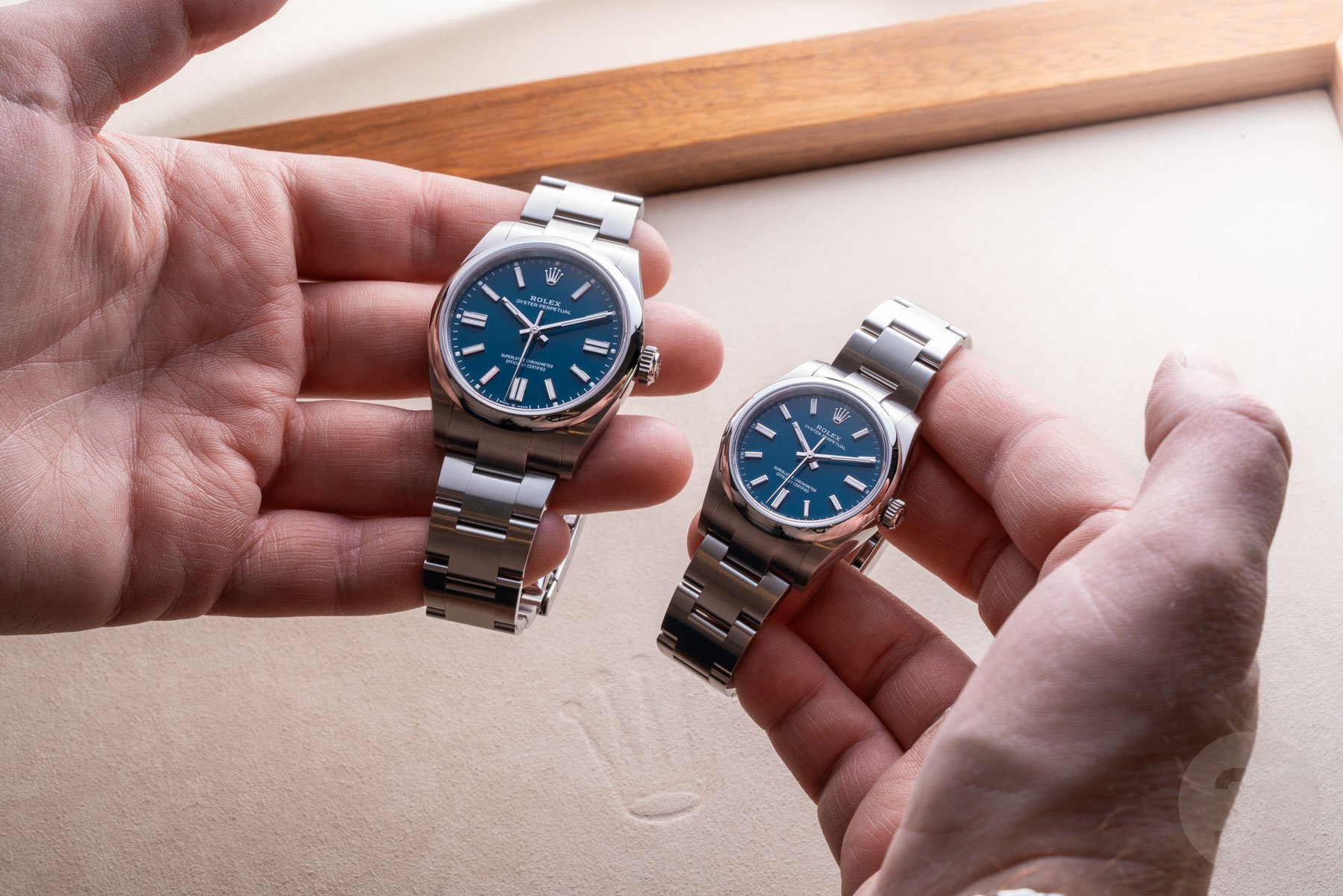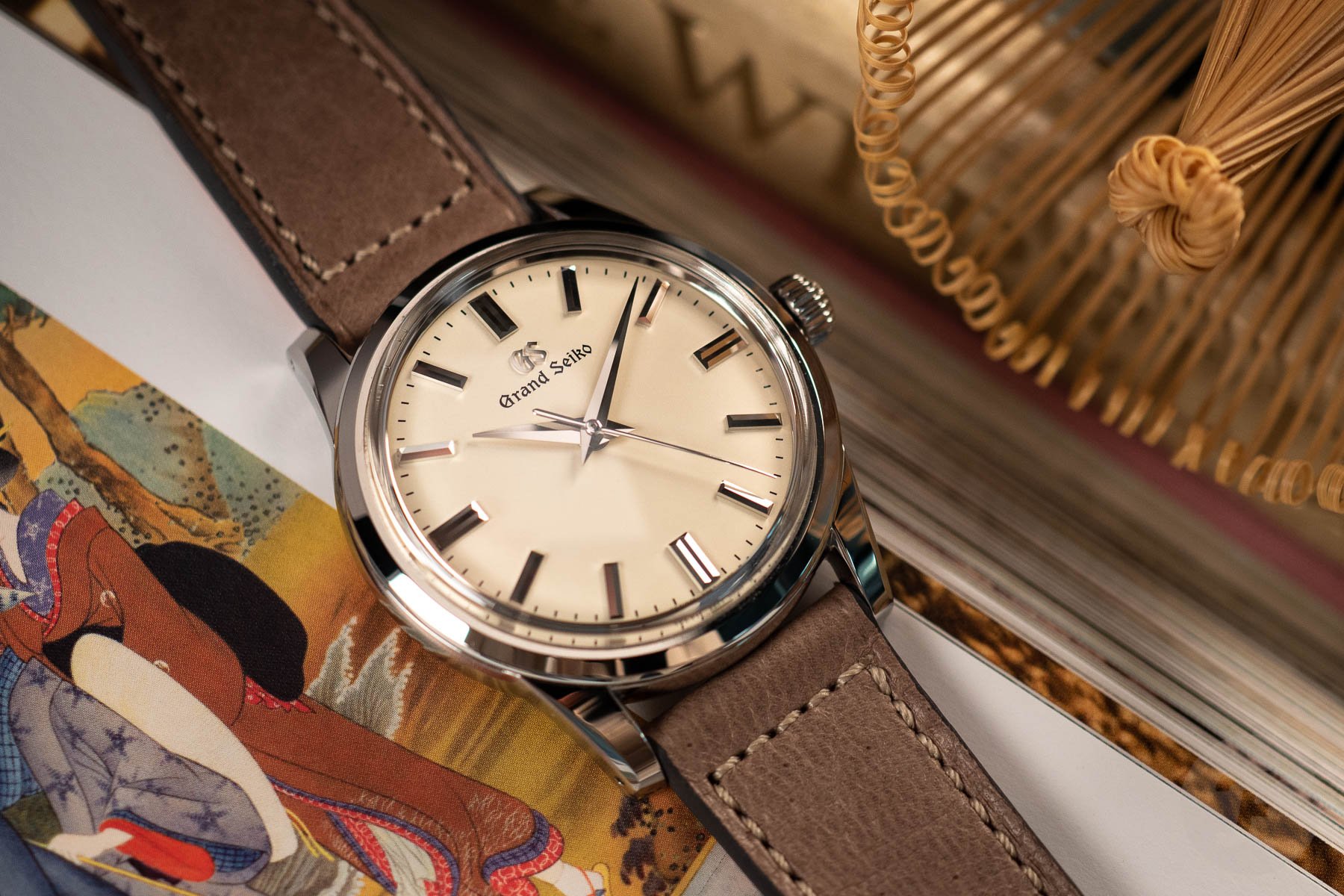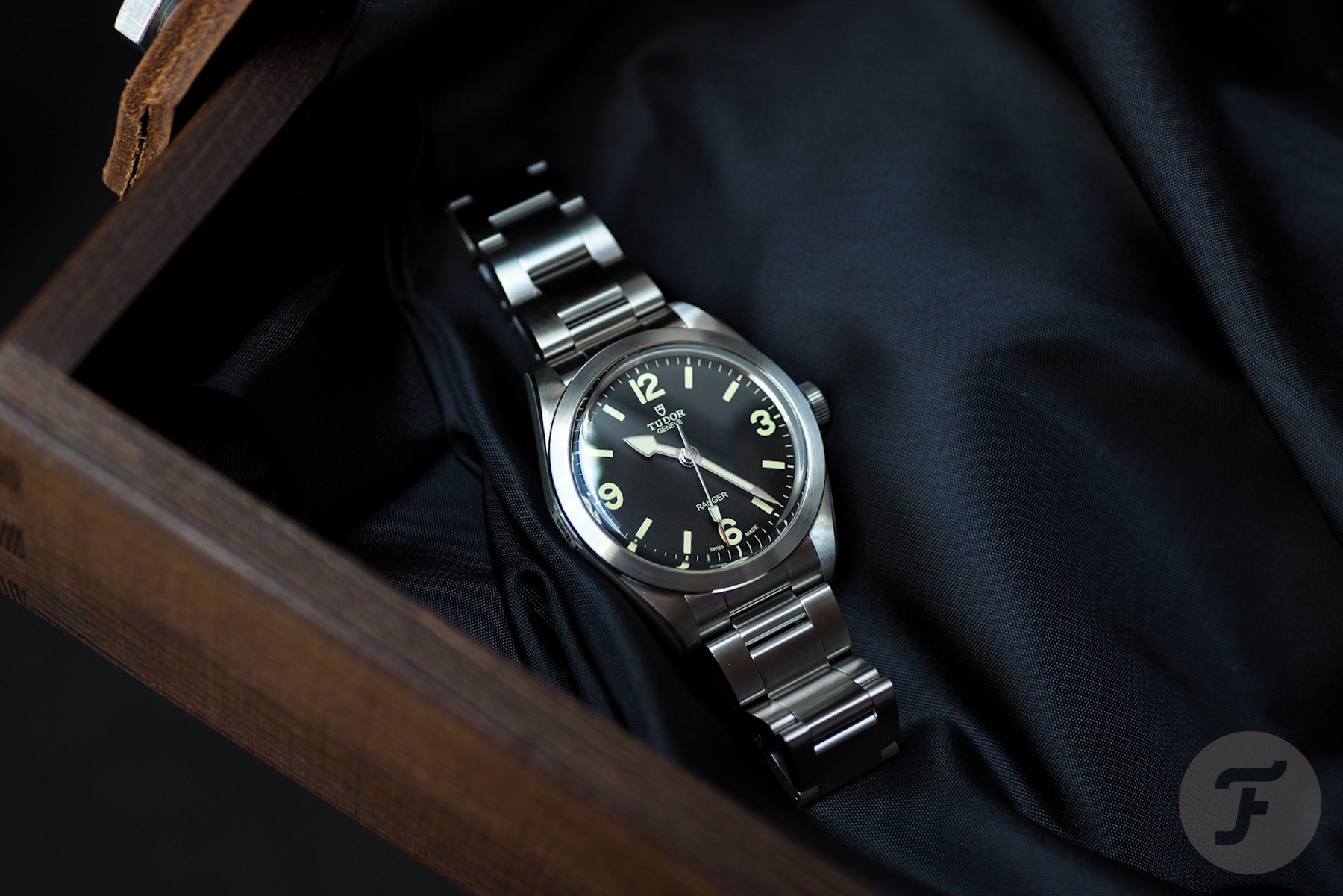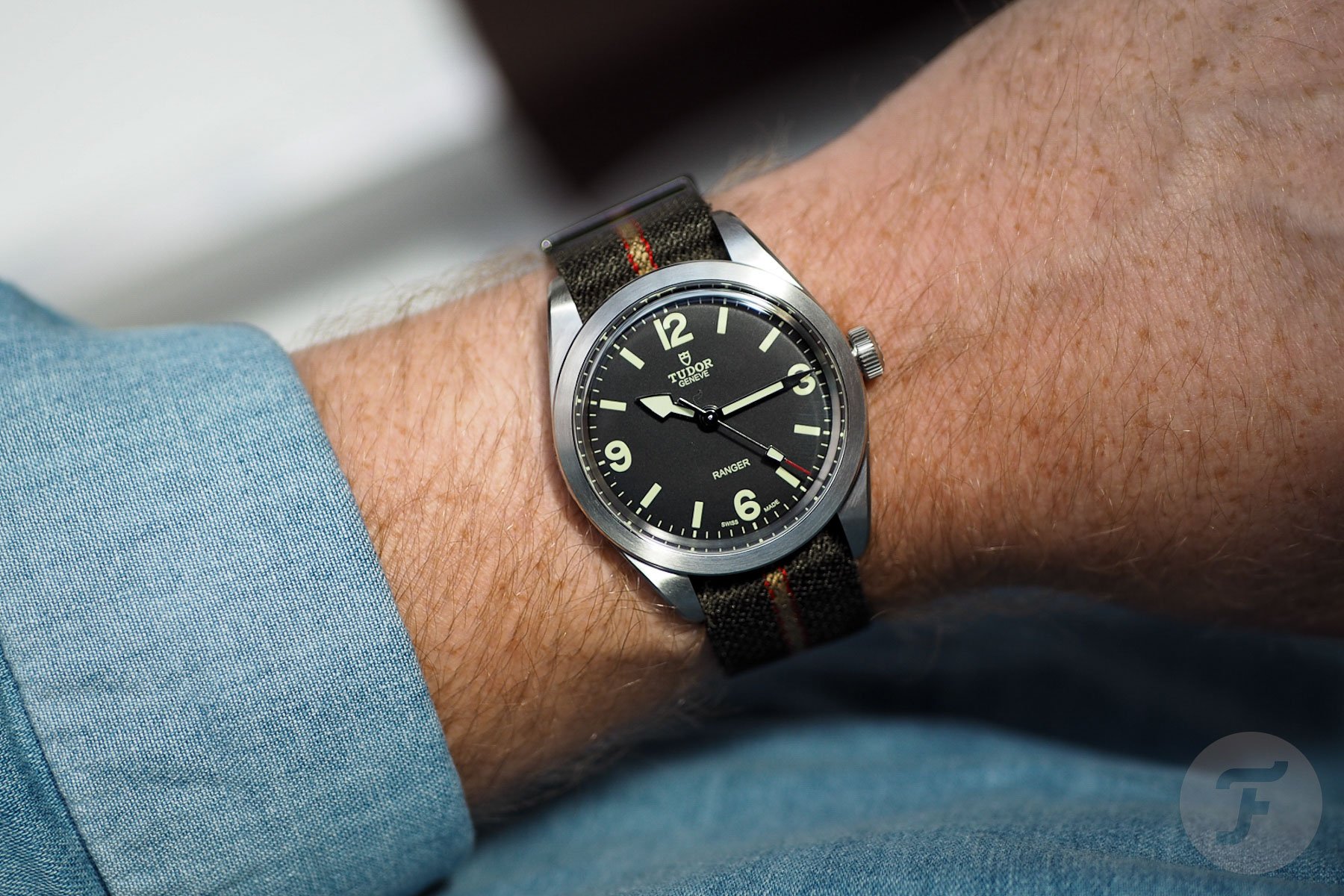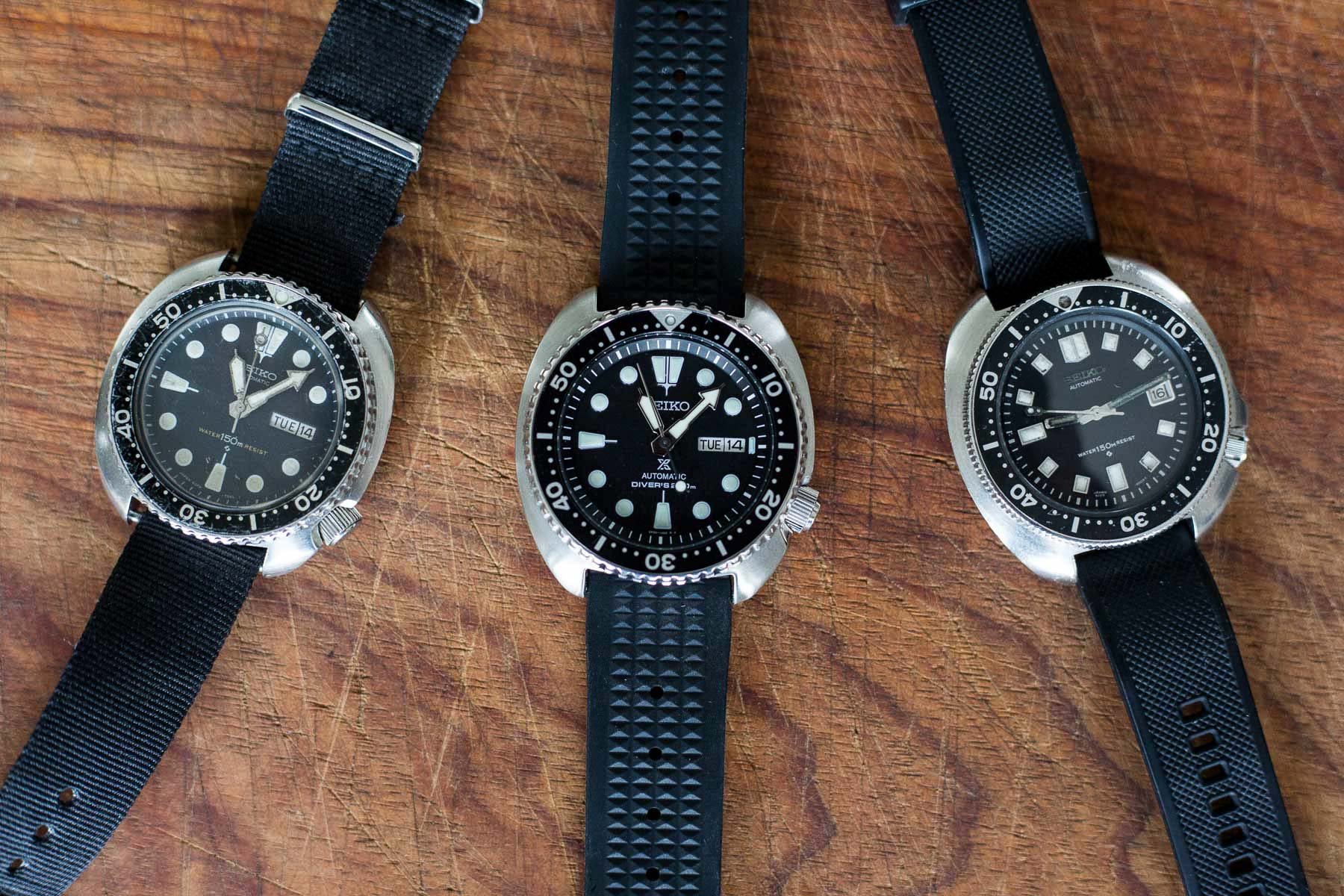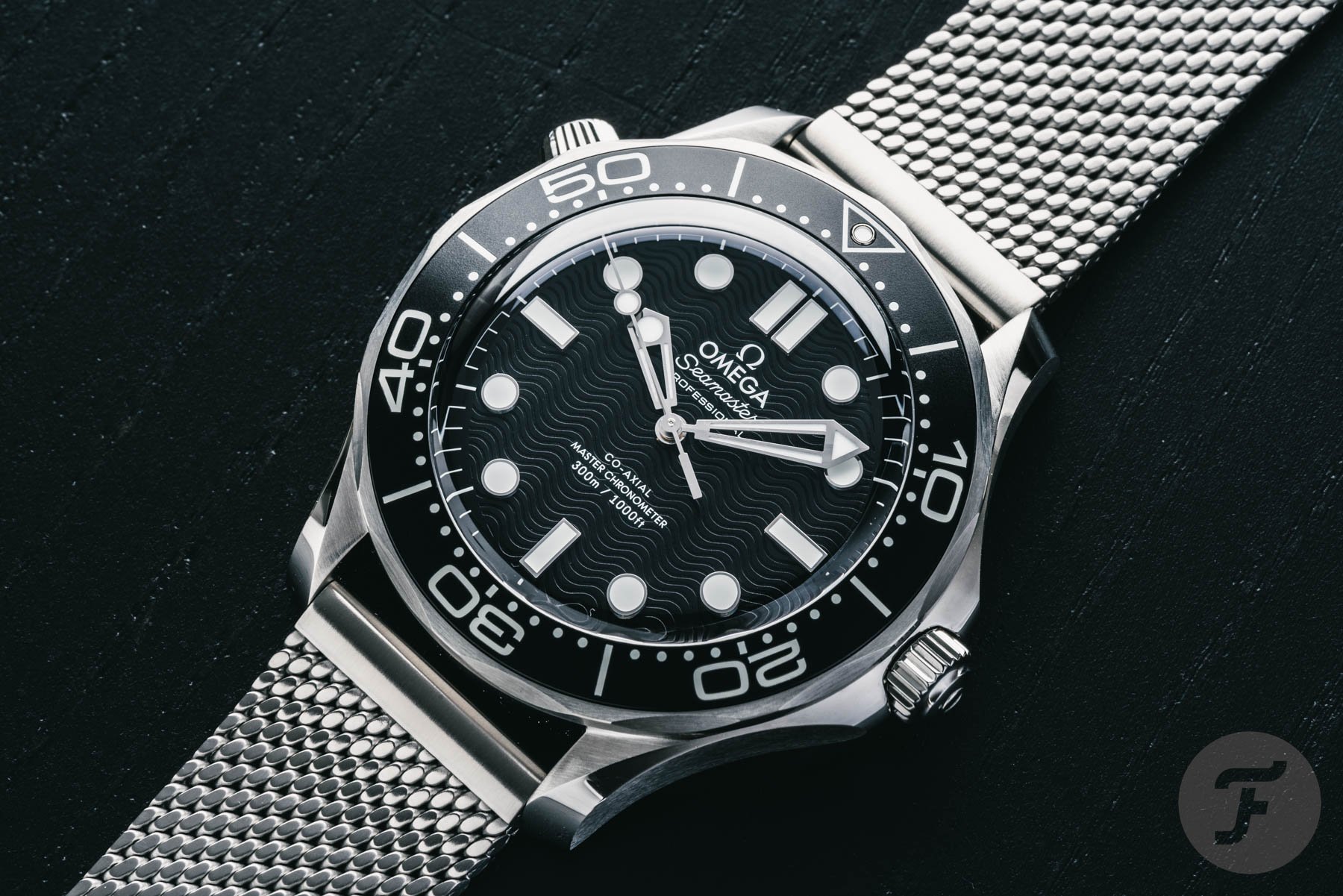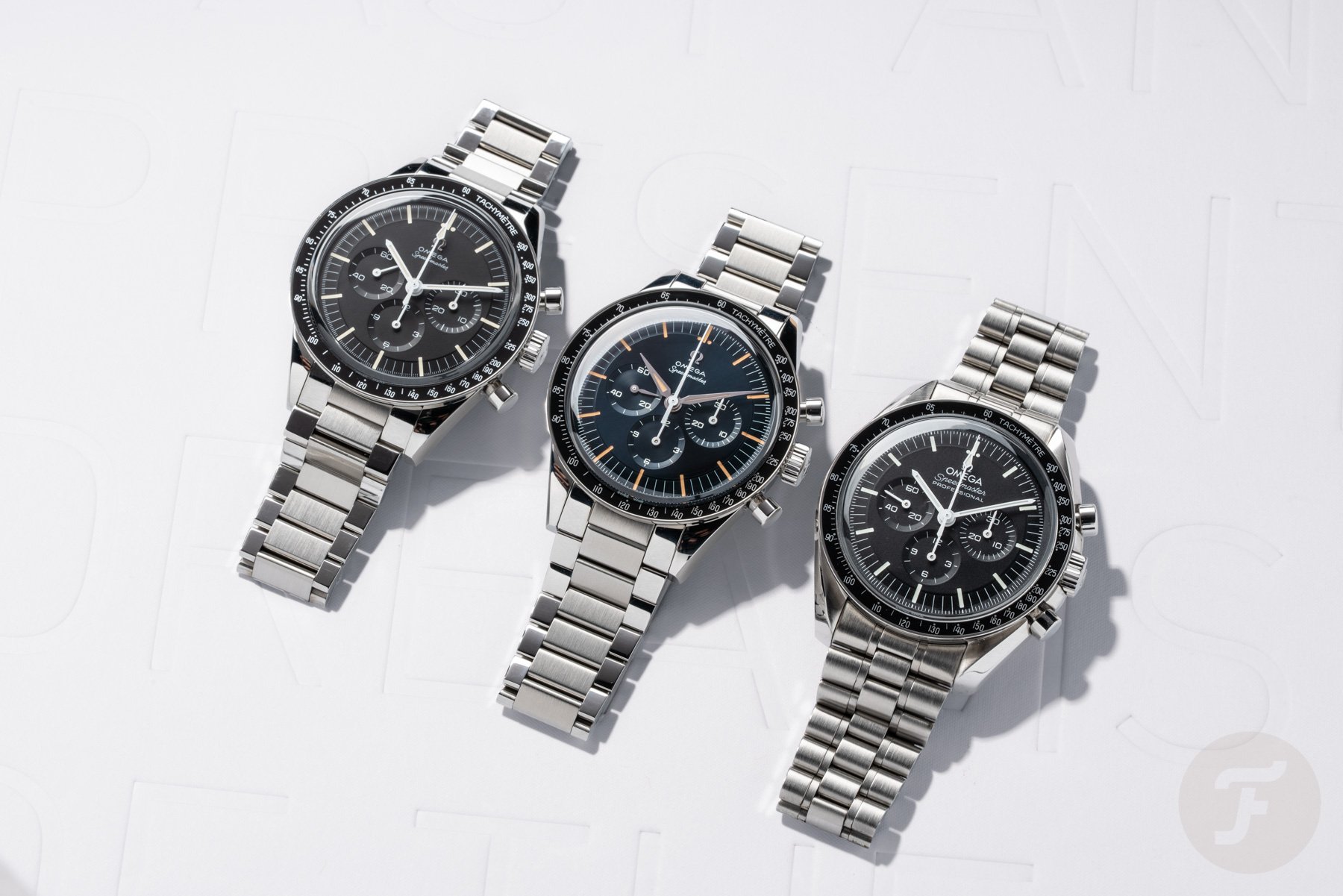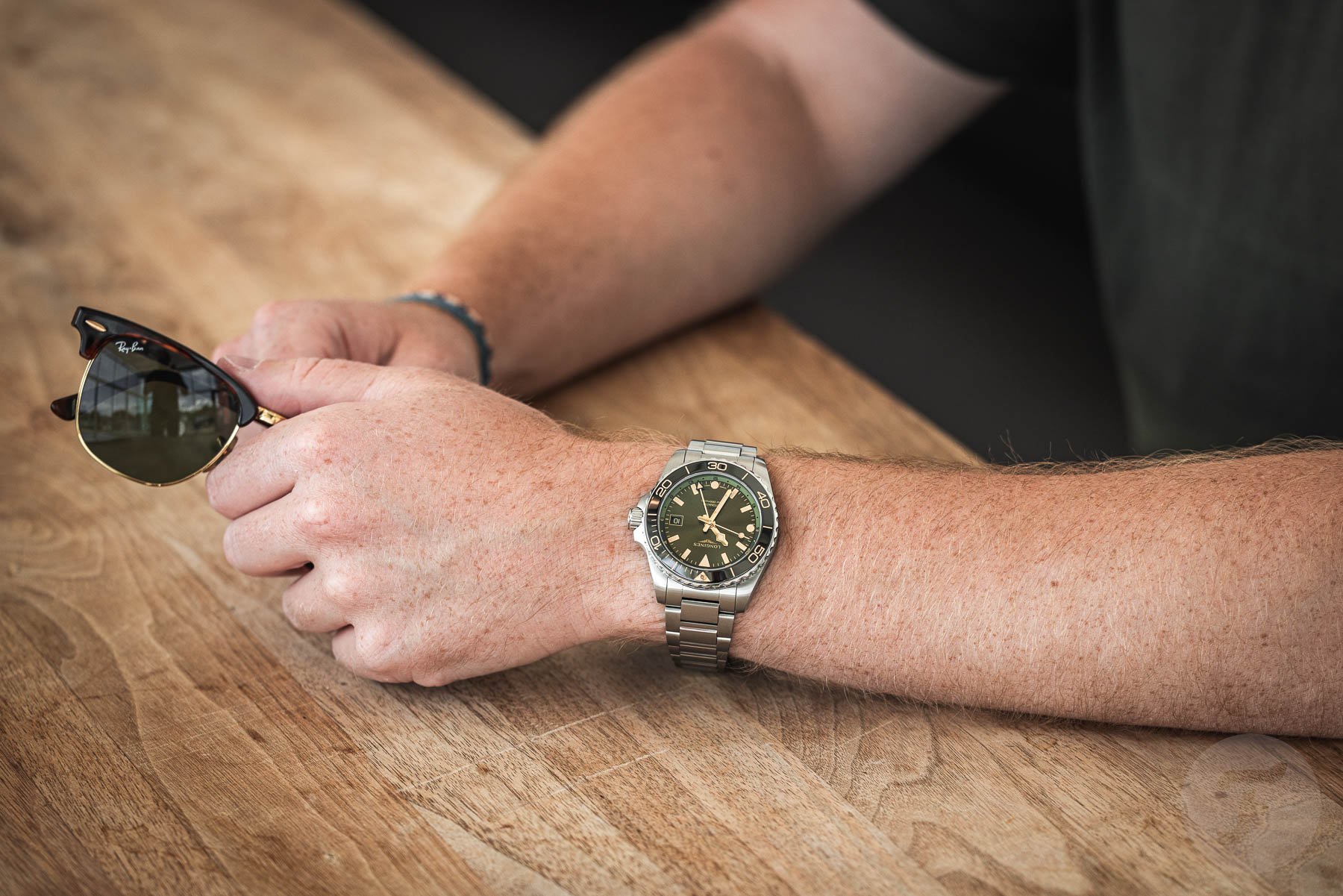When A Watch Brand’s “Entry Point” Is The Best Option
There’s a small, stubborn truth that keeps resurfacing whenever you walk into a boutique, scroll pre-owned listings, or stare at your wrist: the best daily watch is often the one that sits at a brand’s “entry point.” Big Swiss maisons spend years distilling their DNA into a watch that captures the soul of the brand without fuss — and, crucially, without forcing you to overthink every occasion.
When the entry point is one of a brand’s best watches
Here are several of my favorite entry-point options from modern Swiss and Japanese heavyweights that prove the point with approachable prices, reliable mechanics, readable dials, and a flexibility that makes them perfect daily companions.
A quick caveat: when I say “entry point,” I don’t mean the least expensive mechanical watch in the catalog. Rather, I mean the watch that best distills the brand’s core DNA without entering the stratosphere of complications or precious metals. So, with that explanation, let’s dive in.
The Rolex Oyster Perpetual 36
Put simply, the Oyster Perpetual 36 is Rolex’s core DNA distilled in the modern context. With a black dial and the stainless steel Oyster case, it appears clean and dressy at a glance, but the Twinlock crown, 100m water resistance, and the in-house caliber make it a fantastic daily wearer. It wears smaller than many contemporary sport watches, which helps it slip under a cuff, yet it looks just as perfect with a T-shirt and jeans on the weekend.
Retail realities have pushed the Oyster Perpetual into a tricky market. Demand and colored-dial hype mean official availability is tight. Secondary prices fluctuate, but currently, there are several examples available around the €6,400 retail price. The Oyster Perpetual 36 ref. 126000 sits at what many consider the entry point to Rolex ownership. Why is it a daily winner? Balance. It’s minimalism that reads dressy, but it can behave like a tool watch if and when you need it to.
The IWC Mark XX
The Mark lineage has always been about an instrument-watch clarity, and the Mark XX keeps that purity intact while modernizing the movement and finishing. On the bracelet, the watch gains a solidity that makes it feel like a proper daily instrument. It comes complete with a scratch-resistant sapphire crystal, protection against magnetism, and an in-house automatic caliber behind that stark black dial.
With retail prices in the €5,800–7,100 range through IWC’s authorized retailers and pre-owned examples available for significantly less, the Mark XX sits well within the accessible-luxury segment for big-name Swiss pilot’s watches. Why is it such a compelling option? Because it offers legibility, lightness on the wrist (even on a bracelet), and a design that refuses to date. I just wish IWC would bring back the stick hands that the Mark XII and Mark XV had.
The Grand Seiko SBGW231/SBGW301
Grand Seiko’s argument is different: instead of loud branding, you get microscopic finishing and a dial that looks correct in all light. The SBGW231 — or, as of January 2024, the SBGW301 — is a superb example of this. It’s a hand-wound piece with elegant proportions and that creamy, subtle dial texture that Grand Seiko does so well. With a retail price of €5,200, “entry level” doesn’t mean “cheap.” However, it is an accessible point into the house’s mechanical philosophy and finishing standards. Plus, with the discontinued SBGW231 typically selling for less than €3,000 on the secondary market, it becomes even more attractive.
In fact, this is probably my favorite design in Grand Seiko’s existing catalog. Why is it on this list? It is so well considered. The hand-winding ritual is a daily pleasure, not a chore. And the design is simple and timeless.
The Tudor Ranger
Tudor’s modern renaissance has been about bringing robust, historically inspired tool watches to a contemporary audience, and the Ranger nails the brief — a simple dial, proven automatic movement, and a bracelet that’s comfortable and adaptable. It’s one of those watches that’s equally fine at the office, out hiking, or riding a vintage motorbike.
Retail tags at authorized dealers for the Ranger on a bracelet place it at €3,510, making it one of the most compelling value propositions among heritage Swiss brands. Indeed, it’s a pretense-free daily winner with durable hardware and a size that’s sensible for most wrists.
The Seiko “Turtle” SRPE93
This one’s an outlier in the list because it’s Japanese, but the Turtle is an archetypal daily dive watch, being bold, comfortable, and absurdly good value. The SRPE93 with a 45mm cushion case leans into that vintage Seiko aesthetic, offering a day/date function, a reliable automatic movement, and a case that kills the idea that you need smaller diameters to be wearable.
Price-wise, new SRPE Turtle references commonly trade for less than €400. For that money, you get a true workhorse for a fraction of the cost of its Swiss cousins — and it has swagger and historical credibility to spare.
Omega entry point: Speedmaster or Seamaster
Omega’s entry points are interesting because the brand compresses loads of history into watches that still function as practical everyday pieces. The Speedmaster Moonwatch Professional with the Hesalite crystal is the archetypal tool chronograph and remains one of the best wear-anywhere sports watches. Its current retail price sits at €7,300 on a strap and €7,700 on a bracelet. But the Seamaster Diver 300M is the other obvious pick for a daily watch that leans into sportiness with modern materials, solid Master Chronometer movements, and a comfortable case profile. Currently, watches in this line start at €6,200 on a strap and €6,600 on a bracelet. Both the Speedmaster and Seamaster are heritage icons that have kept pace with modern testing and finishing, offering a story plus modern reliability.
Why entry points are so attractive
There are a few practical reasons the entry point often makes the ideal daily watch. The first is design distillation. Brands funnel their visual and technical identity into the simplest pieces first. That makes them instantly recognizable, versatile, and (ironically) timeless. The second point is wearability. Case sizes, lug geometry, and finishes are typically conservative at the entry level, and that equals comfort. Plus, all things considered, entry points are the “value propositions.” You get credible in-house tech, authorized servicing networks, and often stronger resale stability versus microbrands or fashion labels.
Concluding thoughts
At the end of the day, choosing an entry-level piece is less about buying “cheap” and more about buying right — the point where brand DNA, robustness, and sensible pricing meet. The examples above are reminders that you don’t need to spend a fortune to have a watch that’s reliable, handsome, and characterful every single day. Wear it, live with it, and you’ll discover the small, everyday pleasures that make wristwatches worth it.
If you want to expand the shortlist, the TAG Heuer Aquaracer (modern, sporty, approachable), Longines Hydroconquest (classic-diver value), Oris Aquis (great tool-watch value with interesting dial options), and Breitling Superocean Automatic (if you want boldness from a big-brand name) are all sensible daily entry candidates with price points and dealer listings that typically cluster around €2,000–4,000, depending on specs and straps.

